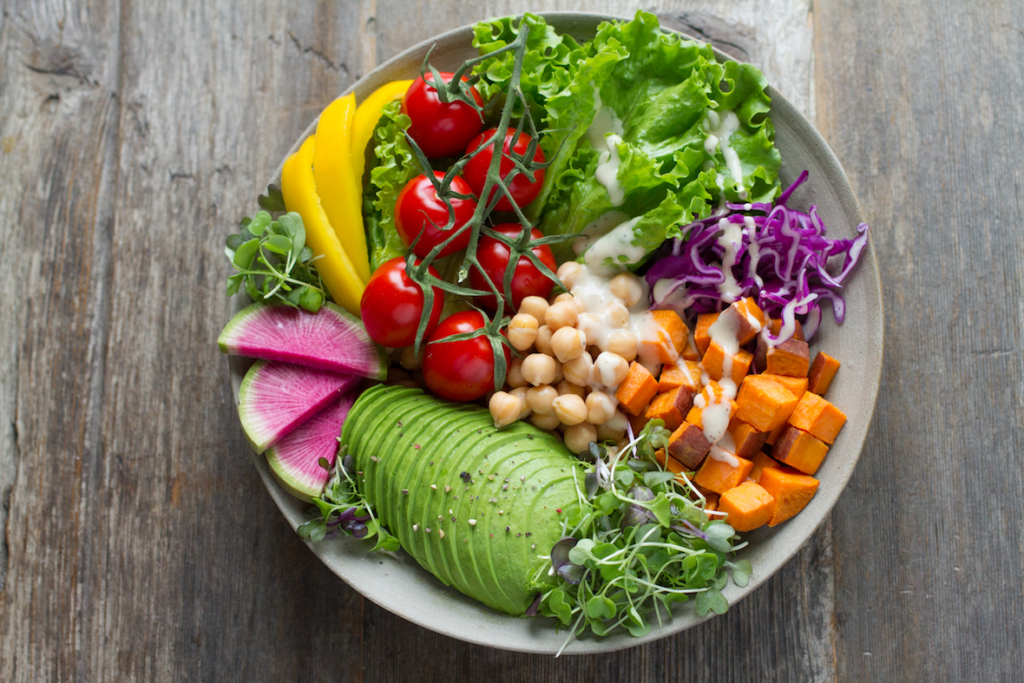Comfort foods are beloved for their rich flavors, warmth, and nostalgia, but they often come with high levels of fat, sugar, and sodium. Fortunately, it’s possible to make your favorite comfort foods healthier without sacrificing taste. By swapping ingredients, adjusting cooking techniques, and incorporating more wholesome ingredients, you can enjoy these dishes guilt-free while still satisfying your cravings. In this article, we will explore several ways you can make your comfort foods healthier without compromising on flavor.
1. Swap Refined Carbs for Whole Grains
Many comfort foods, such as pasta, pizza, and casseroles, often feature refined carbohydrates like white flour. These refined grains are lower in fiber and nutrients than whole grains, making them less satisfying and potentially contributing to weight gain over time.
Healthier Swap:
- Use whole grain pasta instead of regular white pasta.
- Opt for whole wheat pizza crust instead of traditional white flour crust.
- Substitute quinoa, brown rice, or cauliflower rice for white rice in casseroles.
Benefits:
- Whole grains are rich in fiber, which aids digestion and keeps you feeling full longer.
- They provide essential nutrients like vitamins, minerals, and antioxidants.
- Whole grains help stabilize blood sugar levels and reduce the risk of heart disease.
2. Use Healthier Cooking Methods
Frying is a common cooking method for many comfort foods, such as fried chicken, French fries, and potato chips. While frying adds crispness and flavor, it also adds unnecessary calories and unhealthy fats.
Healthier Cooking Methods:
- Bake or roast instead of frying: Baked chicken or roasted potatoes still have great flavor without the added fat from frying.
- Grill or broil: Grilling meats or vegetables gives them a smoky flavor and reduces the need for heavy sauces or oils.
- Air frying: If you enjoy crispy foods, an air fryer can give you that texture with significantly less oil.
Benefits:
- Healthier cooking methods reduce excess calories and unhealthy fats.
- These methods preserve the nutritional integrity of the ingredients.
- You can still enjoy that crispy texture without compromising your health.
3. Reduce the Amount of Added Sugar
Comfort foods like baked goods, desserts, and even sauces often contain large amounts of added sugar, which can contribute to weight gain, increased risk of type 2 diabetes, and other health issues.
Healthier Swap:
- Reduce sugar in recipes or use natural sweeteners like honey, maple syrup, or stevia.
- For baked goods, use mashed bananas, applesauce, or unsweetened yogurt to add moisture and sweetness without the added sugar.
- Opt for sugar-free or reduced-sugar versions of condiments like ketchup, barbecue sauce, and salad dressings.
Benefits:
- Reducing added sugar helps maintain stable blood sugar levels and supports weight management.
- You’ll experience fewer energy crashes and less risk of developing chronic conditions like obesity and heart disease.
4. Add More Vegetables to Your Dishes

Comfort foods like macaroni and cheese, lasagna, and casseroles can be made more nutritious by adding extra vegetables. Vegetables are high in vitamins, minerals, fiber, and antioxidants, which promote overall health and help fight disease.
Healthier Swap:
- Add spinach, kale, or zucchini to pasta dishes or casseroles.
- Blend veggies like cauliflower or butternut squash into mashed potatoes for a creamy texture and added nutrients.
- Use vegetables as a base for pizza toppings, such as bell peppers, mushrooms, onions, and spinach.
Benefits:
- Vegetables provide fiber that aids digestion and keeps you feeling full.
- They are packed with antioxidants that reduce inflammation and improve immune function.
- Adding more veggies helps reduce the overall calorie density of a meal, making it healthier.
5. Choose Leaner Proteins
Many comfort foods, such as meatloaf, burgers, and stews, use fatty cuts of meat or high-fat processed meats. While these ingredients are delicious, they can contribute to excess calories and unhealthy saturated fats.
Healthier Swap:
- Use lean meats like chicken breast, turkey, or lean cuts of beef and pork instead of fattier cuts.
- Replace ground beef with ground turkey or chicken in meatballs, meatloaf, and burgers.
- Incorporate plant-based proteins such as tofu, tempeh, or lentils into dishes like chili, stews, and stir-fries.
Benefits:
- Leaner proteins are lower in saturated fats and calories, which supports heart health and weight management.
- Plant-based proteins are rich in fiber and contain fewer calories, making them a great choice for reducing fat intake.
6. Opt for Healthier Sauces and Dressings
Sauces and dressings can be a hidden source of excess calories, sugar, and fat. Heavy cream sauces, cheese-based dressings, and mayonnaise can quickly add up in terms of unhealthy ingredients.
Healthier Swap:
- Use Greek yogurt or avocado as a base for creamy dressings and dips instead of mayonnaise or sour cream.
- Make homemade tomato sauce with fresh tomatoes, garlic, and herbs instead of store-bought versions that may be high in sugar and preservatives.
- Replace heavy cream with coconut milk or unsweetened almond milk for a lighter, plant-based alternative.
Benefits:
- Healthier sauces and dressings reduce calorie and fat intake.
- Homemade versions often have fewer preservatives and added sugars, making them better for your overall health.
- You can easily control the ingredients to suit your dietary needs.
7. Use Portion Control
Even healthier comfort food recipes can become unhealthy if portion sizes are too large. Eating large portions of even nutritious meals can lead to overeating and unnecessary calorie consumption.
Healthier Swap:
- Use smaller plates and bowls to help control portion sizes.
- Measure out servings instead of eating directly from the container to avoid mindless eating.
- Combine comfort foods with a side salad or steamed vegetables to increase fiber intake and make the meal feel more filling.
Benefits:
- Portion control helps manage calorie intake, which is key for weight maintenance or weight loss.
- Eating balanced portions ensures you get a variety of nutrients without overindulging in one food group.
Also Read: What Are The Differences Between Organic And Conventional Foods?
Conclusion
Making your favorite comfort foods healthier is all about finding simple, delicious swaps that reduce unhealthy fats, added sugars, and excess calories while boosting the nutritional value of the meal. By using whole grains, choosing lean proteins, incorporating more vegetables, and using healthier cooking methods, you can enjoy the foods you love without compromising your health. Whether you’re preparing comfort food classics or reinventing your recipes, these tips will help you create healthier meals that are both satisfying and nourishing.
